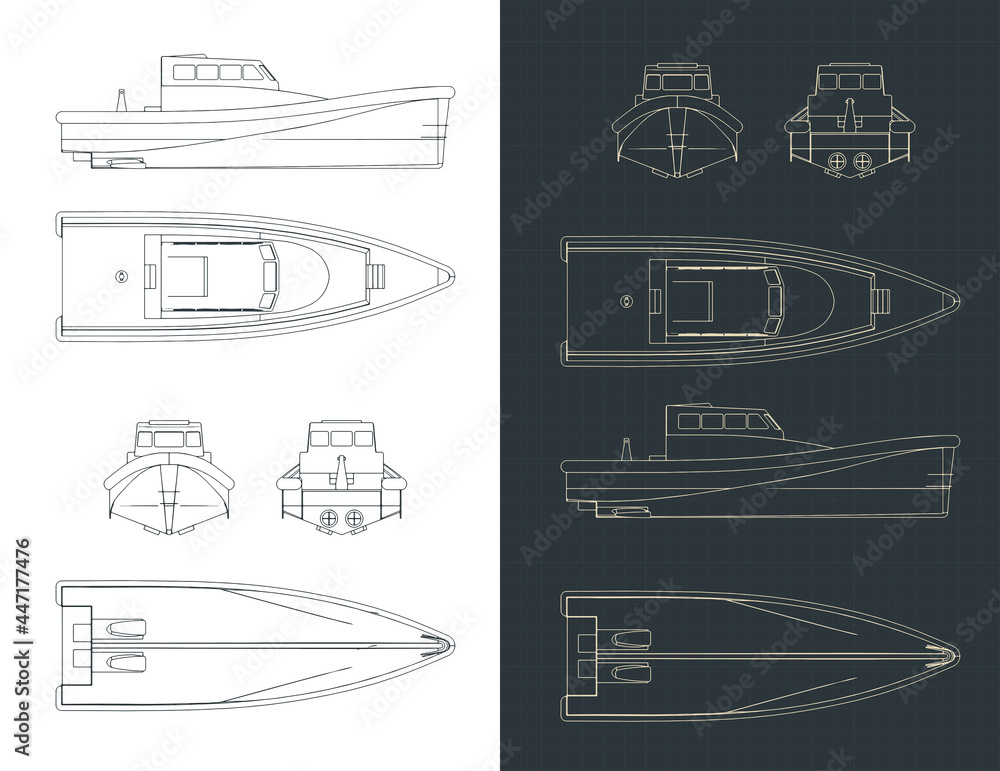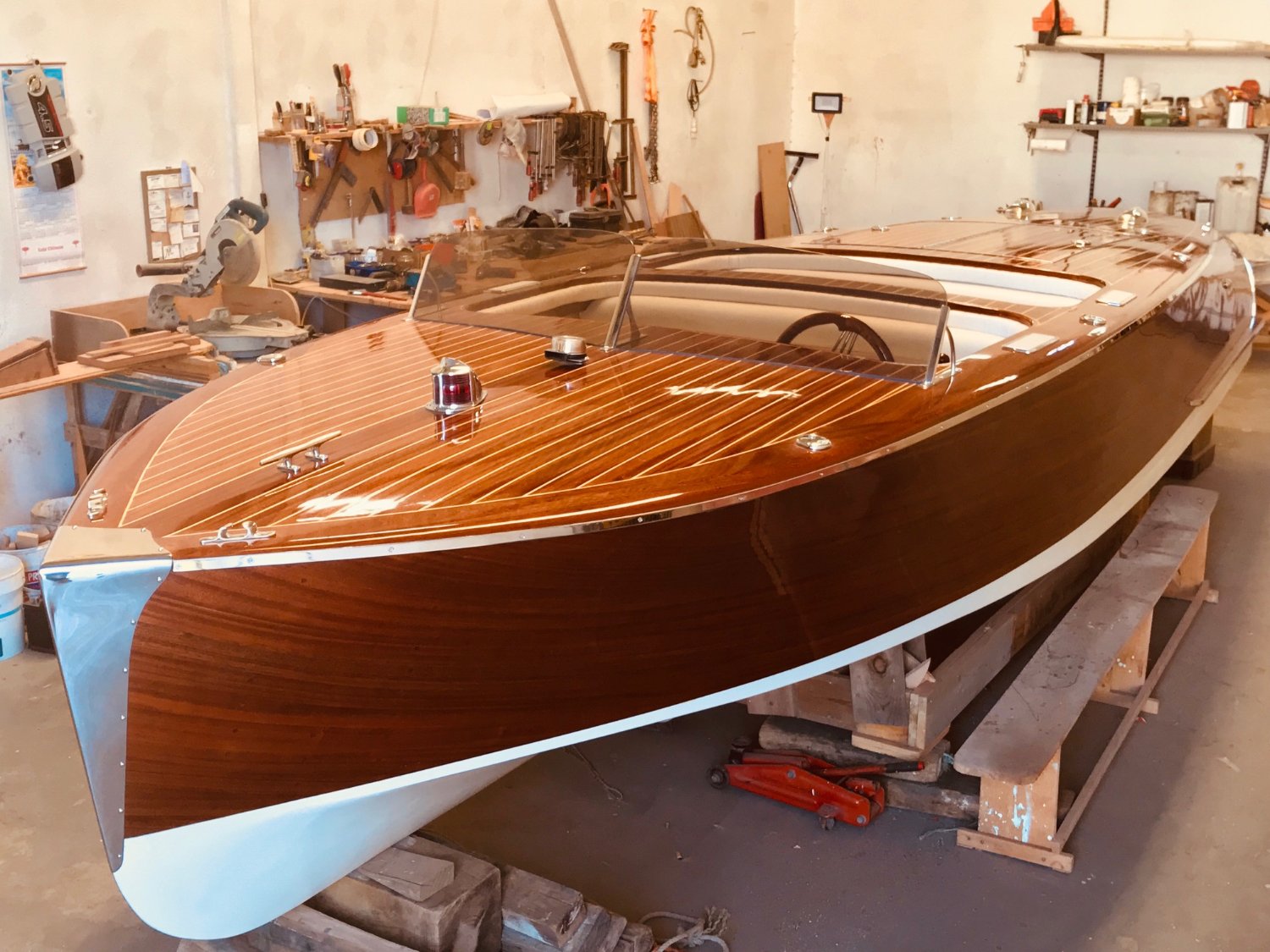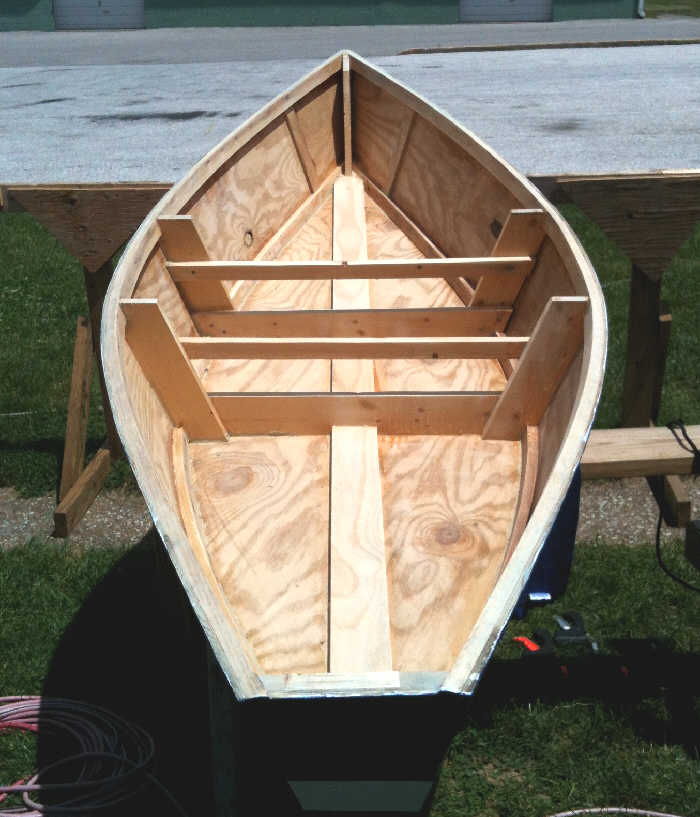Row Boat Plans for Building Your Perfect Watercraft
Row Boat Plans: Beyond the Blueprint â€" Unveiling the Unspoken Truths
Building a rowboat isn't just about following plans; it's about understanding the nuances, the unspoken choices, and the creative freedom inherent in the process. This isn't your typical "how-to" guide; instead, we'll delve into the often-overlooked aspects of rowboat construction, using a question-and-answer format to address the less-discussed challenges and opportunities.
The Unspoken Language of Wood: Material Selection Beyond the Obvious
Choosing the right wood is crucial. But what about the less common, yet potentially superior options?
Q: Beyond cedar and pine, what lesser-known woods offer advantages for rowboat construction?
A: While cedar and pine are popular due to their lightweight and rot-resistant properties, consider alternatives like black locust for exceptional strength and durability, or cypress for its natural resistance to water and insects. Researching local, sustainably harvested woods can be incredibly rewarding, both environmentally and aesthetically. The unique grain patterns and colors of less common species can create a truly bespoke rowboat.
Q: How can I assess the quality of wood beyond just looking at it?
A: Visual inspection is only half the battle. Use a moisture meter to ensure the wood is properly dried (ideally below 12% moisture content). Tap the wood â€" a dull sound might indicate internal defects. Look for knots â€" their size and position significantly impact structural integrity. This careful selection process adds to the overall quality and longevity of your boat.
Beyond the Plans: The Art of Adaptation and Improvisation
Rigid adherence to plans can stifle creativity. Let's explore the freedom within the framework.
Q: My plans call for a specific type of fastener; what if I can't find it?
A: Don't panic! Research suitable alternatives. Consider the strength requirements and the environment. Sometimes, a well-placed dowel or a clever joinery technique can replace a specific fastener, adding a unique touch to your craft. Remember, ingenuity is a boat builder's best friend.
Q: How can I personalize my rowboat beyond simple aesthetics?
A: Consider incorporating elements like custom oarlocks, a unique seat design, or even a specialized hull shape optimized for your local waters. This level of personalization goes beyond mere cosmetics; it reflects your understanding and mastery of the craft, creating a boat perfectly tailored to your needs and style.
The Human Element: Lessons From Experienced Builders
Learning from others' successes and failures is invaluable. Here's a glimpse into the experiences of seasoned boat builders.
Story 1: A seasoned boat builder, John, shared his experience of using epoxy resin for a superior watertight seal on his rowboat. He described meticulously preparing the wood surfaces for optimal adhesion, a detail often overlooked in plans. This resulted in a boat that resisted water ingress far better than boats constructed with traditional methods alone.
Story 2: Another builder, Maria, emphasized the importance of test-fitting every component before final assembly. She recounted how a seemingly minor discrepancy in the oarlock placement led to hours of frustration and rework, a lesson learned the hard way. This highlights the value of meticulous planning and pre-assembly checking.
These stories underscore the importance of going beyond the written word and embracing the practical wisdom gleaned from experience. Don't hesitate to connect with other boat builders; you’ll discover invaluable insights and innovative solutions.
Conclusion: Your Rowboat, Your Vision
Building a rowboat is a rewarding journey. By understanding the nuances beyond the plans, by embracing the art of adaptation, and by learning from others' experiences, you can create a truly unique and functional watercraft. It's not just about following instructions; it's about expressing your creativity and mastering a timeless craft.
Remember, the best rowboat plans are those that inspire you to build something exceptional â€" a reflection of your skill, your vision, and your connection to the water.
















